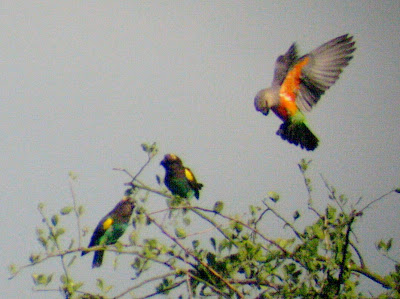“There are some can live without wild things, and some who cannot. These essays are the delights and dilemmas of one who cannot.” Aldo Leopold, in the forward to A Sand County Almanac
Aldo Leopold used basic interactions between plants, animals, soils, water, and weather on his farm in Wisconsin to illustrate the complex web of ecology in A Sand County Almanac. In homage to his most famous writing and my favorite book, I compiled a few brief observations over the past year from each month to celebrate a small piece of land in the Rwandan countryside.
Leopold started with the awakening of a slumbering skunk in the first mid-winter-thaw in January and finished the month-by-month progression with the birds struggling to grapple with the colds of December. In Rwanda, which has a small temperature range all year round, the seasons are less clear. There is a distinctive dry season (June-August) and a distinctive wet season (September-November), but the rest of the time, it is just less wet and less dry. For those of you interested in the wild things in your backyard, this is a snapshot of a few wild things in my backyard this past year, a rural hillside in Rwanda.
December
You wake up in a fog. There are hills flowing over the earth’s crust in every direction but you might as well be anywhere. The birds are timid in the fog and you can get closer to them than usual, if only you could see them clearly. Unless rains come, the sun will bake off the fog within an hour. It feels hot by 8 AM, but the equatorial sun is mitigated by our elevation of 1,550 meters (about 1 mile).



















































